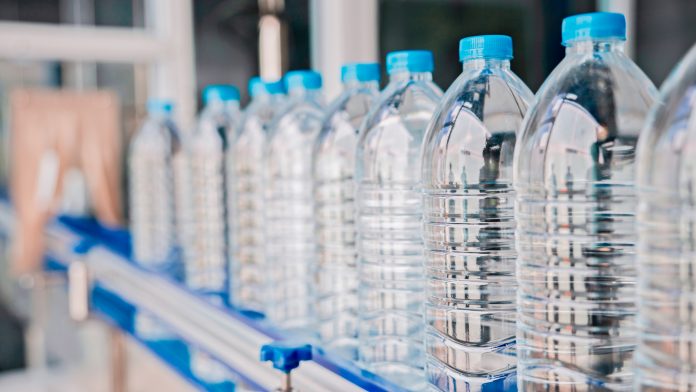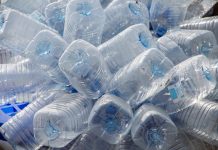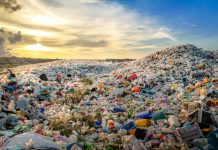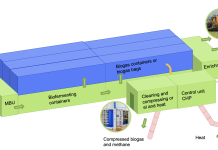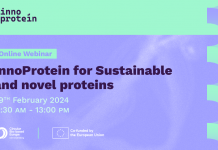Microplastics have become a global environmental concern, with these tiny particles infiltrating polar ice, soil, drinking water, and the food we consume
A study has researched the more difficult-to-find nanoplastics, the offspring of microplastics that have broken down into minuscule fragments. The findings reveal a staggering concentration of detectable nanoplastics in bottled water, fuelling worries about their potential impact on human health and ecosystems.
The negative effects of nanoplastics
Nanoplastics, measuring below 1 micrometre in size, are so small that they can travel into the intestine and lungs, entering the bloodstream and reaching vital organs such as the heart and the brain.
They can also enter individual cells and across the placenta, potentially affecting unborn babies. With an estimated 240,000 detectable plastic fragments per litre on average, bottled water concentration was 10 to 100 times higher than previous estimates based on larger microplastics.
The study: Raman scattering microscopy
The study, led by Naixin Qian, a Columbia graduate student in chemistry, used advanced technology known as stimulated Raman scattering microscopy.
This technique allowed researchers to detect nanoplastics and identify specific plastics among the myriad particles present. The team analysed three popular water brands in the United States, discovering that 90% of the particles were nanoplastics, with polyethylene terephthalate (PET) and polyamide, a type of nylon, being prevalent.
According to the study, only 10% of the particles in the water sample were identified as nanoparticles. If the remaining particles are also nanoplastics, their presence in the water sample, in the tens of millions per litre, is a cause for concern. This raises questions about the complexity of particle composition in water samples that appear to be pure and uncontaminated.
Extending research to tap water
Beizhan Yan, an environmental chemist at Columbia University’s Lamont-Doherty Earth Observatory and co-author of the study, highlighted the urgency of studying nanoplastics beyond bottled water.
Although they aren’t as big as microplastics, nanoplastics pose a significant risk due to their sheer numbers and ability to penetrate biological systems.
The researchers plan to extend their investigations to tap water, which has previously been found to contain microplastics but in smaller quantities than bottled water.
Nanoplastic in wasteland
Further ongoing studies will explore nanoplastic pollution in wastewater from laundry, with millions of particles per load found to be shedding from synthetic materials.
The team also works with environmental health experts to measure nanoplastics in various human tissues and assess their potential development and neurologic effects.
The implications of nanoplastics on both the environment and human health are vast, encouraging a deeper exploration of this invisible threat. As global plastic production is nearly 400 million metric tons annually, and over 30 million tons are discarded into water or on land each year, the urgency to comprehend the impact of nanoplastics on our planet and ourselves becomes increasingly clear.
The study’s co-authors emphasise that the smaller these particles become, the more productive they may be, highlighting the need for continued research and measures to mitigate their potential harm.
Editor's Recommended Articles
-
Must Read >> Transforming plastic waste into sustainable clothing


